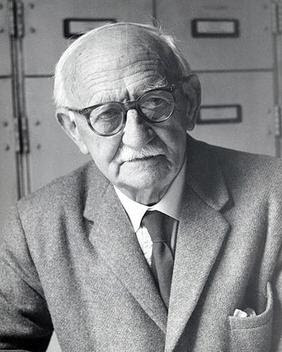Thallus organization in fungi
Fungal Kingdom:-
Fungal kingdom is divided in to two division.
Division First :- Myxomycota
Example :- Slime molds
Division Second :- Eumycota
Example :- True fungi
In slime molds thallus is naked amoeboid mass of protoplasm called plasmodium.
Also read- Reproduction in fungi
True fungi has true cell wall.
Eumycota
1.Unicellular & Holocarpic
2.Multicellular & Eucarpic
1.Unicellular:- Unicellular organization occur in some fungal groups. The most widely known are the yeast. Unicellular organization can be found in several fungi with motile zoospores in their life cycles. In Kingdom Fungi only the chytrids have both sexual and asexual motile flagellar cell which are generally posterior whiplash opisthokonts.
2.Multicellular :- Multicellular fungi reproduce by making spores. Mold is a multicellular fungus. It consists of filaments called hyphae that can bunch together in to structure called mycelia.
Also Read - Structure of fungi
Hypha:- Fungus body made of tiny filaments called hyphae. Group of hyphae are called mycelium.
Hyphae are three types.
1) Uninucleate
2) Binucleate
3) Multinucleate
Septa:- Septa are two types.
1)Simplepore:-
Ex:- Ascomycotina
2)Dolipore:-
Ex:- Basidiomycotina
MODIFICATION OF MYCELIUM
1) Plectenchyma:- The mycelium is organised in to a loosely or compactly wooven tissue. This types of organization are called plectenchyma.
This are two types.
A) Prosenchyma:- These are lossely wooven tissue, hyphae like parallel.
B) Pseudoparenchyma:- These are compactly wooven tissue.
2) Sclerotia:- This is hard pseudoparenchymous cell. These are resting bodies formed in some plant pathogenic fungi.
Ex:- Claviceps
3) Rhizomorphs:- These are thick brown rope like coiled structure. They resembling a fine loop of a tree.
Rhizomorphs has a central pore and rind.
Central pore is made of large thin wall elongated cells. Rind is made up of small thick wall cell with dark pigment Rhizomorphs as a apical meristem.
Fungal kingdom is divided in to two division.
Division First :- Myxomycota
Example :- Slime molds
Division Second :- Eumycota
Example :- True fungi
In slime molds thallus is naked amoeboid mass of protoplasm called plasmodium.
Also read- Reproduction in fungi
True fungi has true cell wall.
Eumycota
1.Unicellular & Holocarpic
2.Multicellular & Eucarpic
1.Unicellular:- Unicellular organization occur in some fungal groups. The most widely known are the yeast. Unicellular organization can be found in several fungi with motile zoospores in their life cycles. In Kingdom Fungi only the chytrids have both sexual and asexual motile flagellar cell which are generally posterior whiplash opisthokonts.
2.Multicellular :- Multicellular fungi reproduce by making spores. Mold is a multicellular fungus. It consists of filaments called hyphae that can bunch together in to structure called mycelia.
Also Read - Structure of fungi
Hypha:- Fungus body made of tiny filaments called hyphae. Group of hyphae are called mycelium.
Hyphae are three types.
1) Uninucleate
2) Binucleate
3) Multinucleate
Septa:- Septa are two types.
1)Simplepore:-
Ex:- Ascomycotina
2)Dolipore:-
Ex:- Basidiomycotina
MODIFICATION OF MYCELIUM
1) Plectenchyma:- The mycelium is organised in to a loosely or compactly wooven tissue. This types of organization are called plectenchyma.
This are two types.
A) Prosenchyma:- These are lossely wooven tissue, hyphae like parallel.
B) Pseudoparenchyma:- These are compactly wooven tissue.
2) Sclerotia:- This is hard pseudoparenchymous cell. These are resting bodies formed in some plant pathogenic fungi.
Ex:- Claviceps
3) Rhizomorphs:- These are thick brown rope like coiled structure. They resembling a fine loop of a tree.
Rhizomorphs has a central pore and rind.
Central pore is made of large thin wall elongated cells. Rind is made up of small thick wall cell with dark pigment Rhizomorphs as a apical meristem.




















6 Comments
Very useful to me thanku so much
ReplyDeleteThank you so much
DeleteI think, it's useful to all zoology lover person & Very useful to me thank you very much!!!!
ReplyDeleteThank you for appreciation.😊😊
DeleteThanks
ReplyDeleteSouvik ghosh
ReplyDeleteIf you have any query let me know.